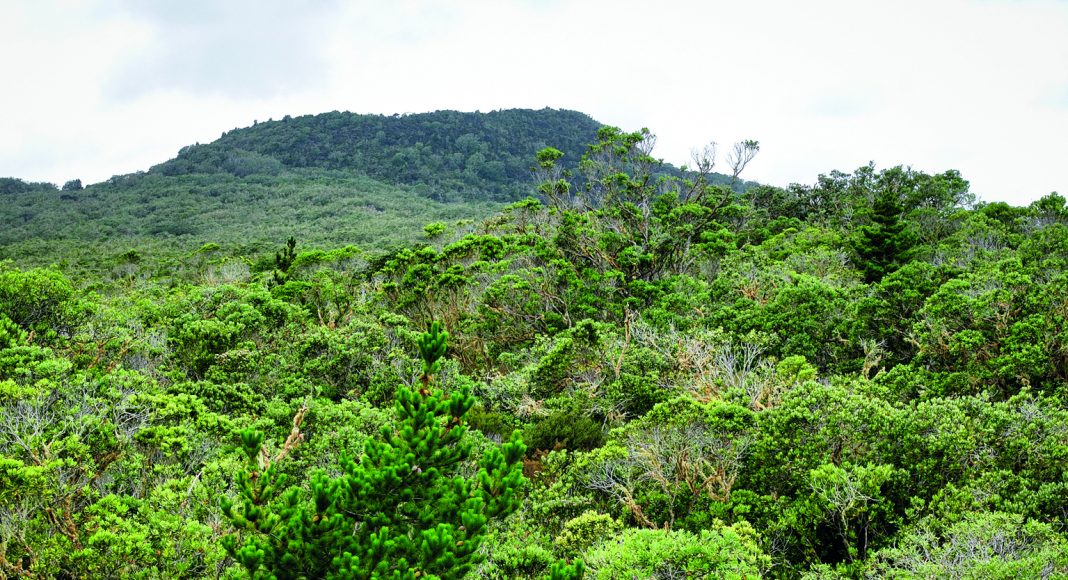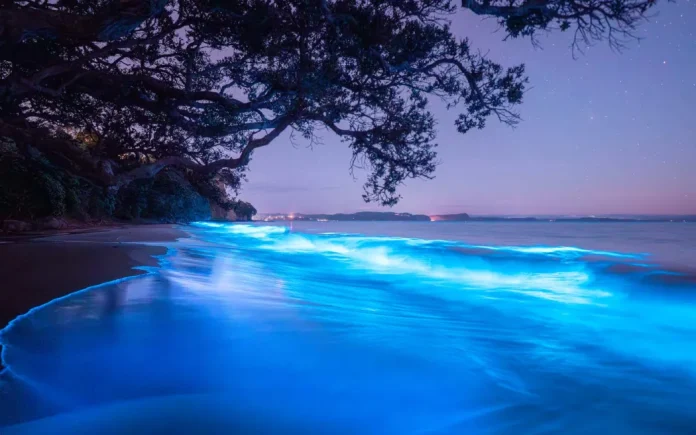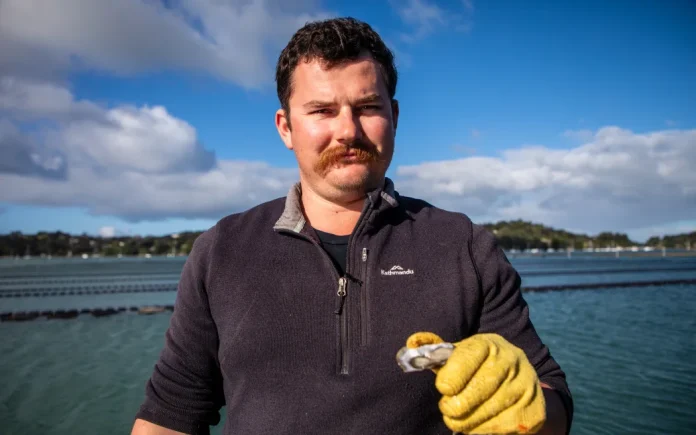Drone mapping and laser rangefinders were used to identify and map the wilding pines, which would eventually take over the island’s native vegetation if left uncontrolled, says Dr Leigh Joyce, DOC Senior Biodiversity Ranger.
Rangitoto has the largest pōhutukawa and rātā dominated forest in the world and is home to many taonga bird and lizard species. Predator free since 2011, it’s also the only volcano in Auckland with an intact indigenous ecosystem, home to a variety of native bird species, including kākāriki, korimako/bellbird, kākā, tūī, pīwakawaka/fantail, riroriro/grey warbler, and ruru/morepork, as well as five species of native lizards.
Unlike native New Zealand bush, where a wide variety of plant species exist together, wilding pines produce dense overgrowth which supports only other wilding pines. Wilding pines currently affect more than two-million hectares of New Zealand. Without large scale funding and control, experts estimate that within 30 years, 25% of New Zealand could be covered with wilding pines.
Funding to remove wilding pines on Rangitoto was announced by the Minister of Conservation in November 2024 as part of the International Visitor Levy (IVL).
Thanks to additional IVL funding, there is also weed control work underway or planned for several other conservation islands in the Hauraki Gulf.
Rangitoto has significance for iwi and is a tourism and economic drawcard with
over 100,000 visitors a year.


















